Last Friday, Pieter Mulier did what so many designers are afraid to do; he made it personal. It started with a letter through the doors of a handful of people, a hand-written invitation from Pieter himself to each and every one of the hundred-or-so guests invited to his SF23 Alaïa show to be held in his own home (and no, they didn’t all say the same thing; we checked). And so, following a week of blockbuster couture shows, we all got on the train to the ancient city of Antwerp, where Pieter shares his apartment with his partner Matthieu Blazy of Bottega Veneta. Apartment is an understatement; the space is an architectural masterpiece at the summit of the Belgian city, a two-story concrete-and-glass penthouse apartment sits at the top of Riverside Tower, a brutalist building designed in 1968 by Léon Stynen and Paul de Meyer, with a panoramic view of Antwerp. As we arrived at his home, I noticed notes to neighbours excusing them for the noise and busy use of the lifts. One woman got stuck in the stream of fashion folk on her way back from the supermarket. A glass of wine in his kitchen upon arrival? So far, so real. This was the epitome of a true salon show, a handful of lucky people in an exclusive setting that felt almost exotic because of how rare it is.
At a time when fashion shows are becoming even bigger productions with throngs of celebrities and crowds screaming outside, this felt like an antidote to the mass hysteria that has come to surround fashion weeks in Paris and Milan. It also felt like a homecoming for Pieter, who has spent the last two at the helm of a beloved house, grappling with the legacy and helm of one of its illustrious couturier.“My therapist made me do it,” Pieter semi-joked in his speech at the beautiful post-show dinner in the Rubens Room of the Royal Museum of Fine Arts Antwerp. “We live in a strange world nowadays where we think we connect, but we disconnect. We think we share, but we don’t share.”
What better way to connect and to share than to literally invite people into your home? Like most creative people, Pieter’s personal space told us a lot about him and Matthieu — and their taste could be decoded through the artwork hanging on the wallers, the furniture we sat on, the books lining his home office, even the food and tinned goods sitting on open shelves in his pantry. Which is why it was brave of him to invite us in. Of course, Azzedine would have people over for dinner in his kitchen all the time, and he lived above his ateliers and boutique in that old-fashioned way. But, who really does that any more? Pieter Mulier, that’s who. You can now see what his therapist was onto.
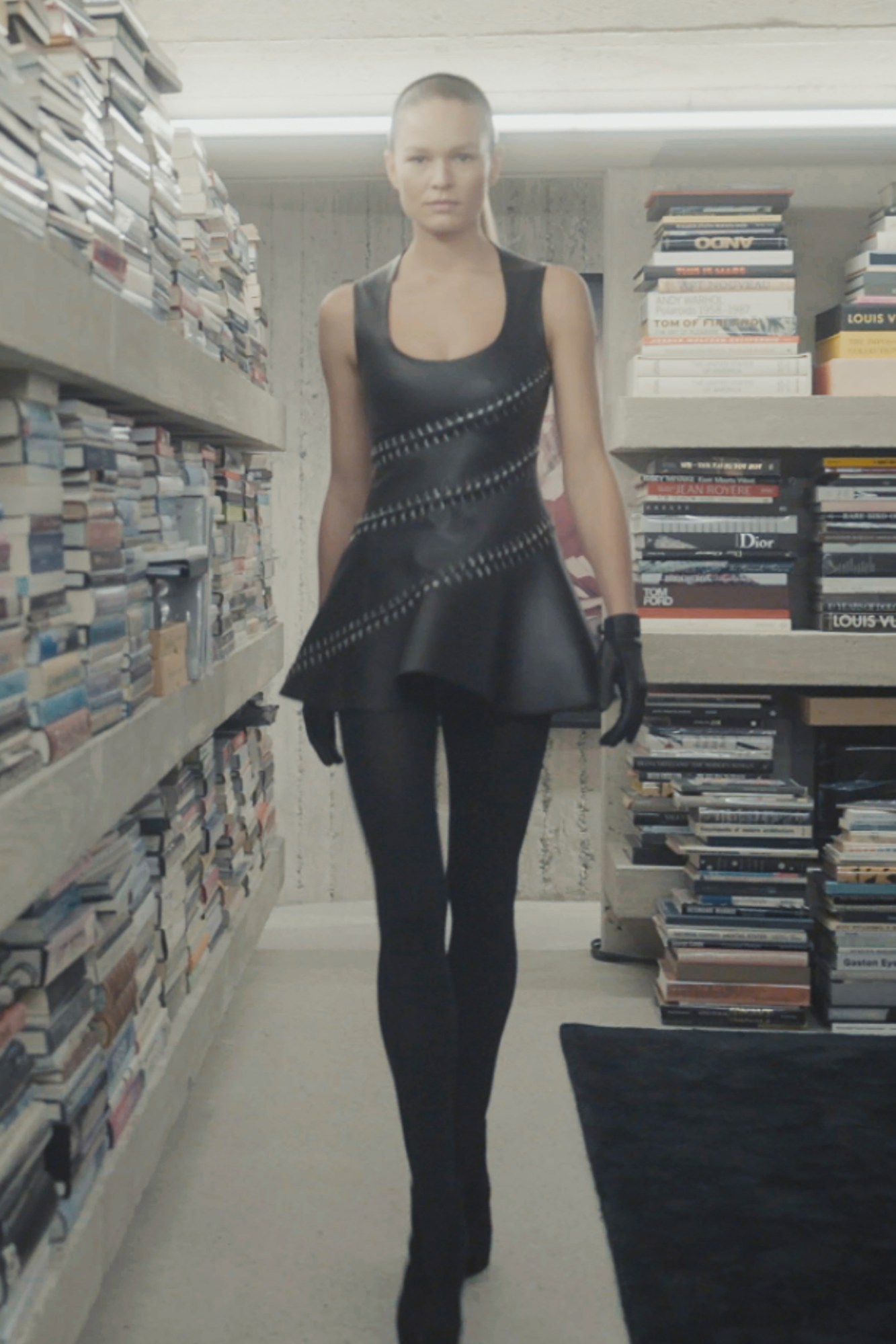
The show was personal in more ways than one. Having now settled into his role as the house’s first designer since Azzedine’s death, Pieter is becoming more and more comfortable and confident in putting his own stamp on the extensive vocabulary of Alaia. The show opened with severe, sculpted black wool pieces that cut a hyper-femme figure:nipped-in waist, rounded shoulders, sculpted hips and endless legs. They came with ladders of metal embellishments running down the sleeves or along the bust, which turned out to be blunt dressmaker’s pins – hints to the inner working of the complex construction, but also to punkish piercings, and Azzedine’s signature silver grommets and serpentine zippers. Simple, dramatic, sculptural – those opening looks set the tone for a collection that was, as the show notes put it, “a notion of sculpture through clothing, of carving shape from cloth, of couturier as bâtisseur – or builder – crafting garments around the body.”
Silhouettes took their form from circles, in as many ways imaginable, perhaps as an intentional contrast to the perpendicular lines of the Brutalist backdrop. Trousers ballooned out into curvilinear pantaloons; even pale blue jeans took on a moon-shaped silhouette, worn with simple denim jacket with the collars upturned. Shoulders softly rounded on structured knits and oversized coats, some of which had enormous rounded lapels of faux fur. And there was a sense of spiralling embellishment on leather skirts and dresses, a nod to the kind that Azzedine made popular in the 80s, as well as continuations of the draped hoods that Pieter has explored before, a homage to the North African capuches that Azzedine drew from his Islamic upbringing in Tunisia. The show closed with an array of standout gowns: a high-necked gossamer column dress smattered with pink, ultra-long long tight-fighting velvety numbers; and a couple of turtle-necked ballgowns with full bell-shaped skirts of papery taffeta that brushed by the audience, making crispy whispers along the way.
The collection was pared-back and sophisticated, intellectual and sensual. It was also more minimal than past seasons — a bit more austere, even. Judging by his beautifully-furnished apartment, where there is no excessive ornamentalism, that could be put down to Pieter, whom it is a joy to watch evolve as a designer and share his intrepid journey with us in such a raw, visceral way. In an age of digital disconnection and excessive marketing, this felt like a truly authentic fashion moment. Small, intimate, slow — it was a reminder of what fashion used to be before it became such a gigantic beast. As a result, it felt completely modern, stripped back from the artifice of everything else we’ve seen lately. As with clothes, sometimes it’s the simplest things that say the most.


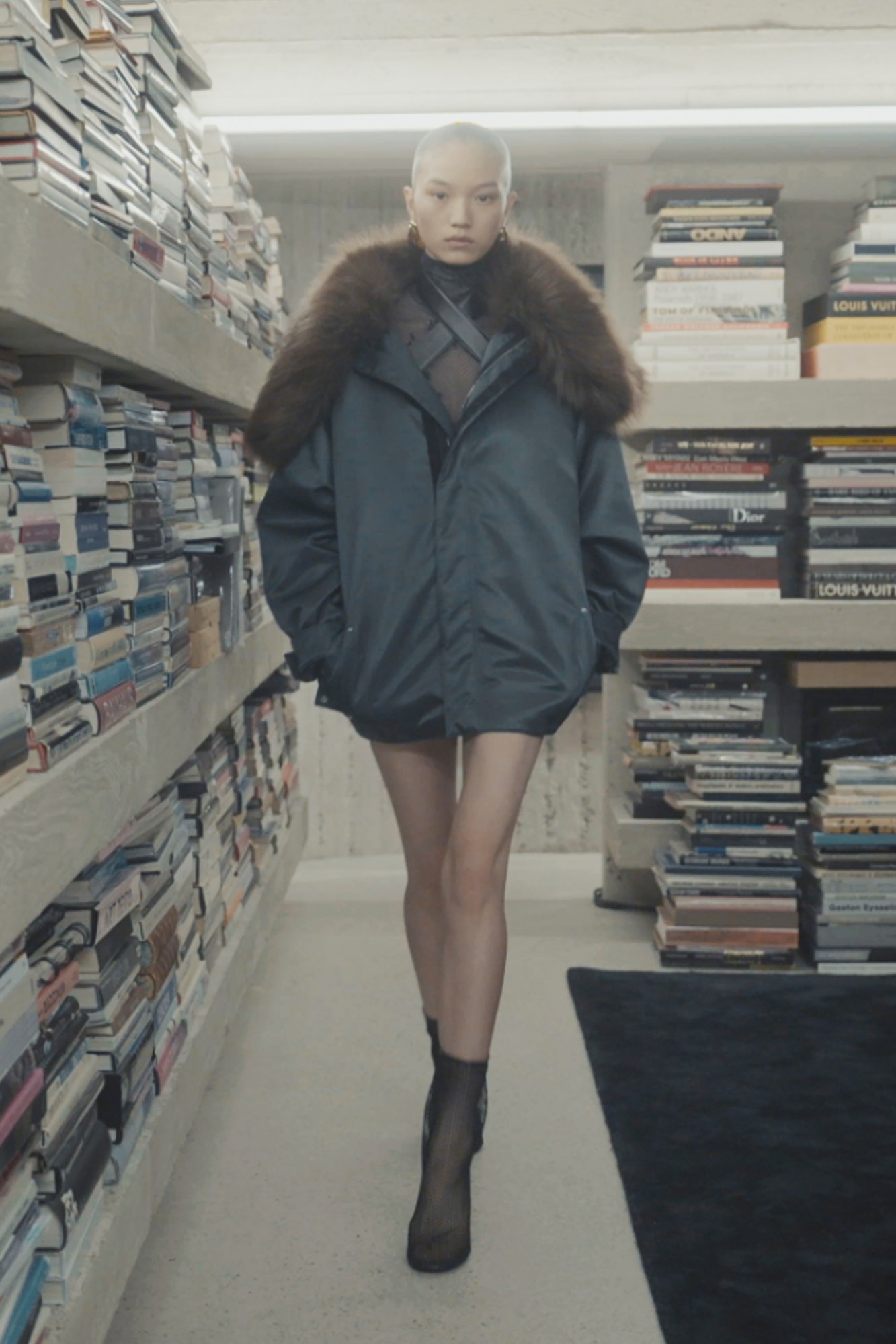
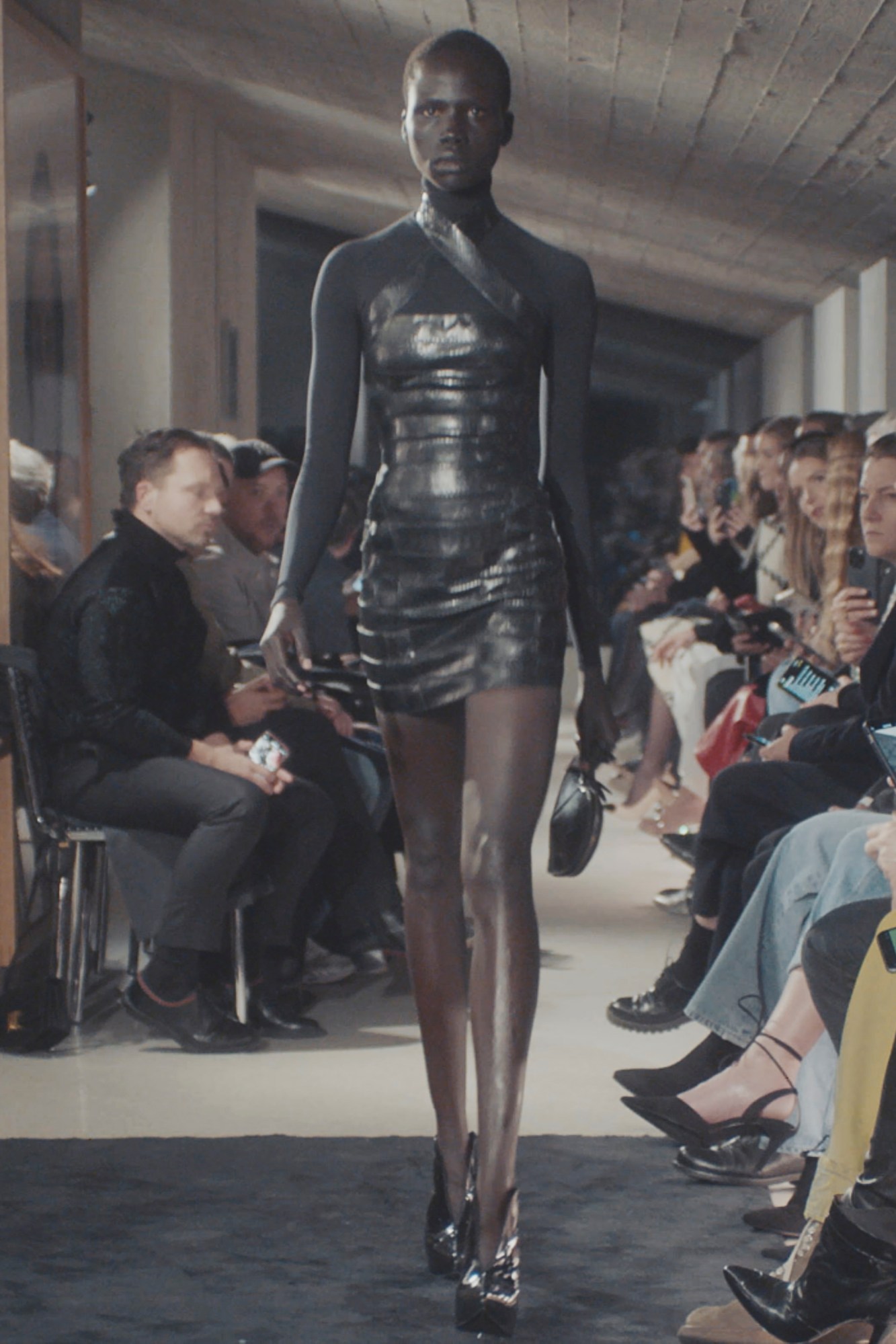

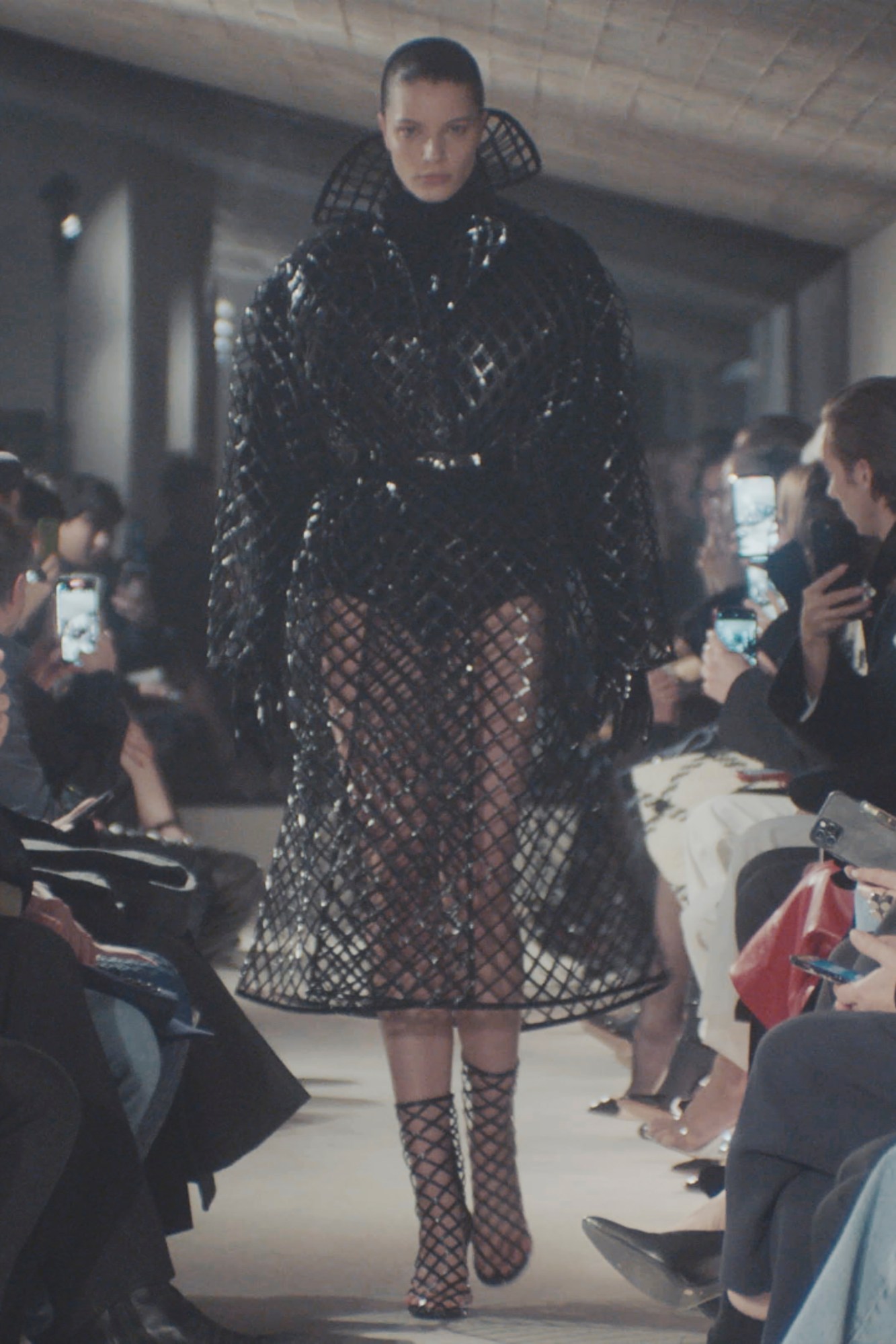
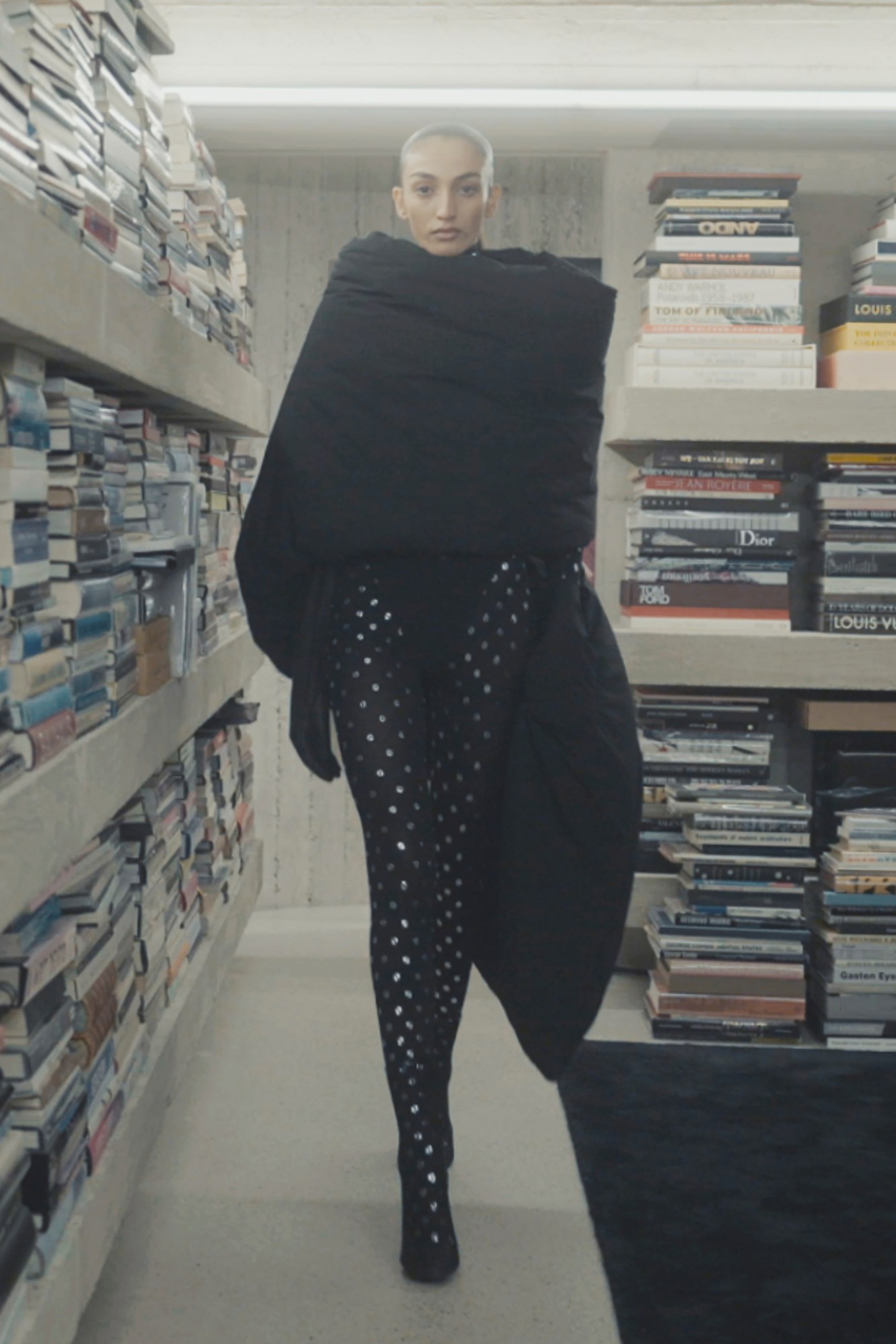
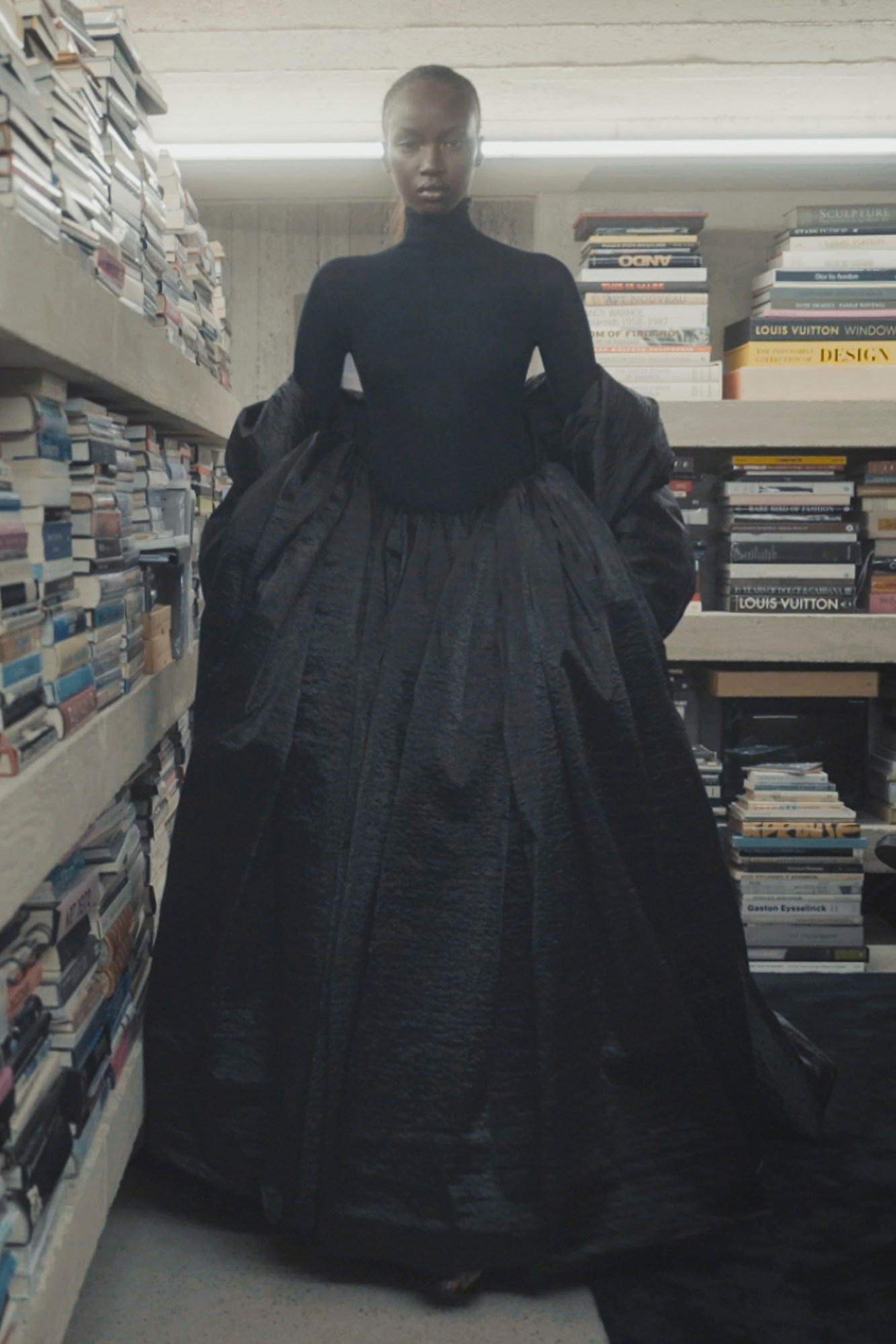
Credits
All images via Spotlight
